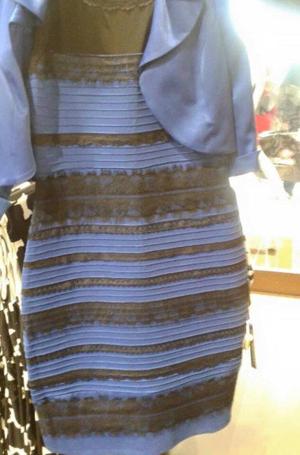
Taken by Stephen Barr in Florence
Another thing I have to mention is "the dress" because it became a phenomenon in just one day. On Thursday, April 26th, my friend texted me a picture of this dress and she asked me, "Stephen, what color is this dress?" I thought it was a strange question to ask but I texted her back "blue and gold" and my friend, looking over my shoulder at my phone, saw the dress as gold and white and he was shocked at my text and asked me, "dude why did you say blue and black!?" From there it didn't take long to find out that this dress is playing tricks on us. There are a lot of websites and blogs on the internet that try to explain it. Some of the theories are fictional for the most part, for example, one explanation tried to say that if you see black and blue and means you are feeling depressed. Another article went on to explain how humans never really saw "blue" until recently. Blue was just a shade of another color. They looked at old texts and artifacts and none mentioned blue. One of the examples they used in history is the book The Odyssey, the author, Homer, describes the color of the sea as "wine-dark." I'm still not quite sure how that relates to people see different colors of the dress now.
Another source, Professor Billy Hammond from UGA believes the changes in color has to do with the opponent process theory. He says that the dress's color falls right at the intersection where we perceive one color as opposed to another. That explanation makes a little more sense to me because it is strange how sometimes when I look at the dress, the color changes right before my eyes.

I have to admit I find it really cool learning about the properties of light and why we see what we "see." For example on my trip to Chicago today, I understood why we saw haze in the sky and why the sunset was the color it was. It is neat seeing the world from the science perspective.
http://www.businessinsider.com/what-is-blue-and-how-do-we-see-color-2015-2

No comments:
Post a Comment